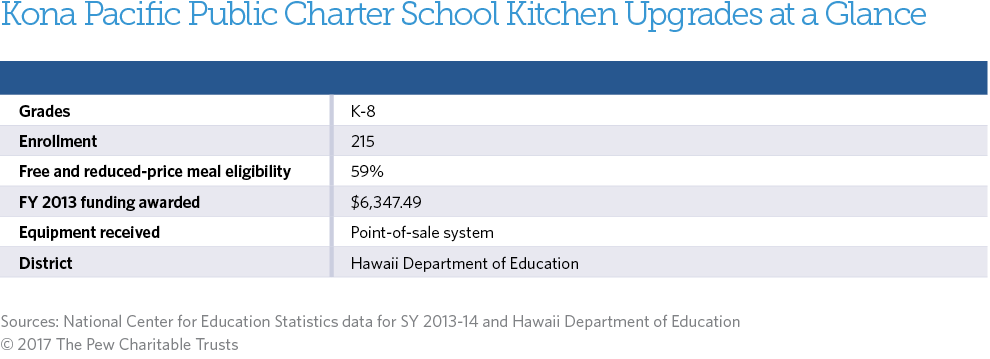Kona Pacific Public Charter School
Kealakekua, Hawaii
Kona Pacific Public Charter School serves children from families spread over the long, sparsely populated western coast of Hawaii Island. Like all schools that participate in federal school meal programs, Kona Pacific must keep detailed records of food sales and students’ eligibility for free or reduced-price meals. However, outdated systems for these tasks were adding significantly to children’s wait times for meals and to the food service department’s administrative costs. Fortunately, with a U.S. Department of Agriculture kitchen equipment grant, the school was able to purchase a new, highly efficient point-of-sale (POS) system that has reduced the time kids spend in line and dramatically cut the staff’s paperwork burden.
The new system assigns each student a unique bar code that is integrated into his or her school ID card. “The kids love the very grown-up-looking IDs, and using them entirely masks which students get a free or reduced-price meal, eliminating any risk of stigma,” said Chris Hecht, the school’s executive director. “And because the line moves quickly, with each student waiting an average of five minutes, the meal program has become an attractive option for more of our students.”
Shiloh Wright, the school’s office manager, estimated that the POS system frees up at least 20 hours a month that previously were dedicated to counting meals and submitting claims. “We used to need about 40 days to prepare our reimbursement claims for USDA. Now we can submit them on the second or third day after the month ends and do so more accurately than before.”
Other departments at the school are benefiting from the system, too. “We are able to use it for attendance, uniform and other office sales, and parent fees,” said Wright. “It’s been a huge labor savings, and it gives our staff the time to focus on other aspects of the students’ educational needs.”
Kona Pacific has used some of the freed staff time to expand its nutrition services, launching Hawaii’s first summer meal program. In 2014, the school provided 4,300 meals to children who might otherwise go hungry during the summer. It is one more way that Kona Pacific makes good nutrition a core component of students’ lives year-round.
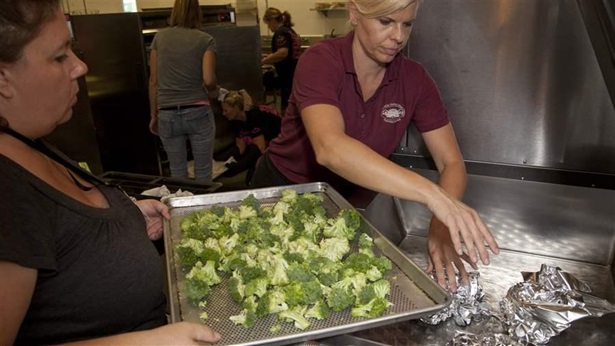
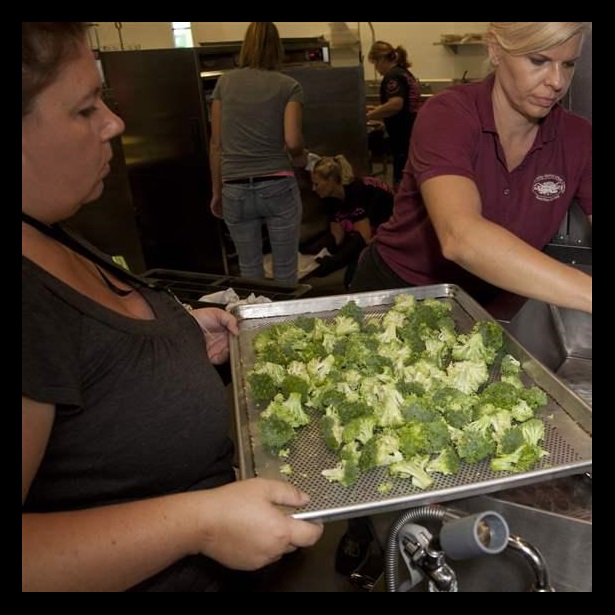
USDA’s School Kitchen Grants Benefit Meal Programs and Students
The right equipment makes a difference in efficient...
Learn More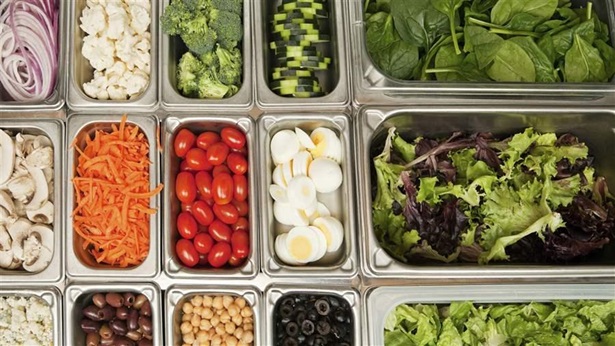
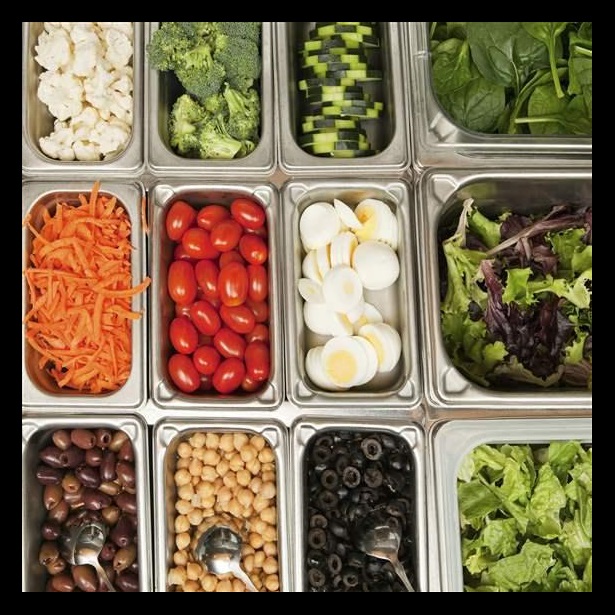
School Nutrition Gets a Boost From USDA Kitchen Equipment Grants
School Nutrition Gets a Boost From USDA Kitchen Equipment Grants
Learn More